Biography
Mark Borghi is pleased to announce exclusive representation of Chakaia Booker. Chakaia Booker is a New York artist born in 1953 in Newark, New Jersey. Booker received her Bachelor of Arts in Sociology from Rutgers University in 1976. She went on to receive her Master of Fine Arts from the City College of New York (CUNY) in 1993. Booker studied a variety of disciplines including African dance, ceramics, weaving, basketry as well as tai’chi all, which inform her innovative artistic practices. Booker is renowned for her elaborate and ornamental sculptures created from used and discarded construction materials such as rubber, wood, and plastic. Fusing ecological concerns with explorations of racial and economic difference, globalization, and gender, Booker transforms discarded tires and stainless steel into complex assemblages.
Booker’s works are contained in more than 40 public collections and have been exhibited across the US, in Europe, Africa, and Asia. Her work Raw Attraction, 2001 was included in Epic Abstraction at The Metropolitan Museum of Art from December 17, 2018, to February 4, 2020. Booker was included in the 2000 Whitney Biennial gaining international acclaim for her sculpture It’s So Hard to Be Green, 2000 a 12 ½ x 21 foot wall-hung tire sculpture. She received a Pollock-Krasner Grant in 2002 and a Guggenheim Fellowship in 2005. Recent public installation highlights include Millennium Park, Chicago (2016-2018), Garment District Alliance Broadway Plazas, New York, NY (2014), and National Museum of Women in the Arts New York Avenue Sculpture Project, Washington DC (2012).
Booker’s 21 x 26 foot sculpture Deja Vu, 2016, was acquired by The Walton Family Foundation in July 2020 for Osage Park, the foundation’s new outdoor sculpture park in Bentonville, Arkansas, opening in Fall 2020.
Booker began integrating discarded construction materials into large, outdoor sculptures in the early 1990s. Her innovative, artistic process is enormously physical, from transporting the tires to reshaping them with machinery. Slicing, twisting and weaving this medium into radically new forms and textures, Chakaia Booker creates bold and riveting works which easily withstand outdoor environments. For her, the varied tones of the rubber parallels human diversity, while the tire treads suggest images as varied as African scarification and textile designs. The visible wear and tear on the tires evokes the physical marks of human aging. The textures and patterns of the tires give them a woven, textile-like quality, yet the forms seem particularly anthropomorphic. The surface finishes range from rich and lustrous to dried and cracking. It has been suggested that they are metaphors for the African-American experience.
However, equally important and most visible component is Booker’s personal aesthetic, which turns her body into moving pieces of art. She is a carefully assembled and richly layered individual who sees herself as “a sculpture through her tasks of dressing, sewing, cooking, and other daily activities which she considers to be art forms in their own rights. In the 1980’s Booker created wearable sculptures, which she could place herself inside, and utilize as clothing. Turning not only her work but her personal aesthetic into an imaginative space, the wearable sculpture is all about getting energy and feeling from a desired design. The wearable sculpture which collides into an otherworldly headdress is made up of a compilation of African textiles, wrapped one on top of the other with panels hanging to shoulder and sometimes references. They are powerful images that command attention, at once fanciful and solemn.
Her works stand as testimony to art’s transformative impact, pushing us to ask significant questions about the world around us. Chakaia Booker’s abstract sculptures stem from a tradition in modern art of using found objects and industrially fabricated materials recalling artists as diverse as Mark Di Suvero, Louise Nevelson, and Marcel Duchamp. Yet Booker’s work goes beyond this conventional reading.

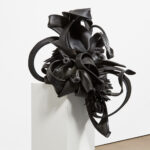 Vertical Flight
Vertical Flight
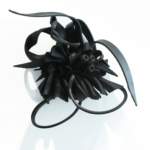 Inanimate Behavior
Inanimate Behavior
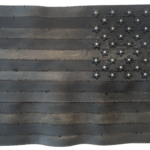 Feeding Frenzy
Feeding Frenzy
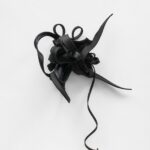 OTHER
OTHER
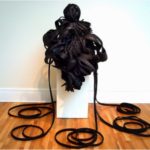 Mixed Messages
Mixed Messages
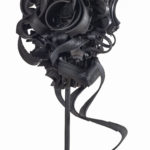 Replenish
Replenish
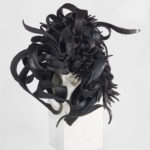 Egress
Egress
 Déjà Vu
Déjà Vu
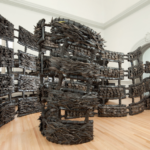 Anonymous Donor
Anonymous Donor
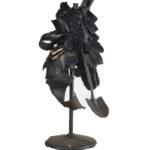 The Privilege of Eating
The Privilege of Eating
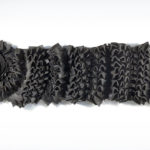 Handle With Care
Handle With Care
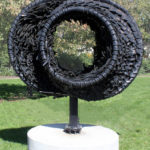 Tailgating
Tailgating
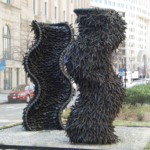 Gridlock
Gridlock
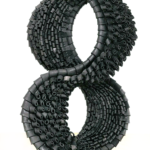 Anonymity
Anonymity
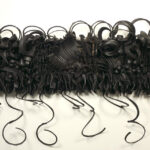 The Fatality of Hope
The Fatality of Hope
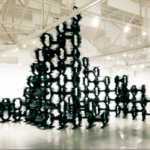 Manipulating Fractions
Manipulating Fractions
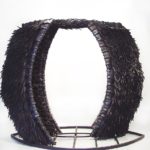 Sugar In My Bowl
Sugar In My Bowl
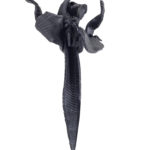 Last Digit
Last Digit
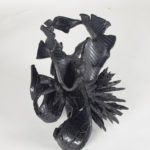 New Order
New Order
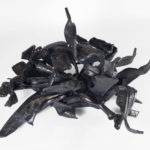 Romantic Repulsive
Romantic Repulsive
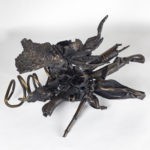 Fluent
Fluent
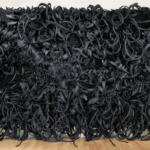 It’s So Hard To Be Green
It’s So Hard To Be Green
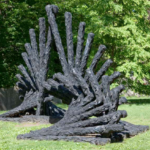 Conversationalist
Conversationalist
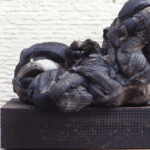 Untitled (Male Torso That Left His Path)
Untitled (Male Torso That Left His Path)
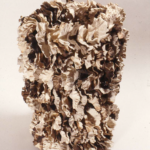 Untitled
Untitled
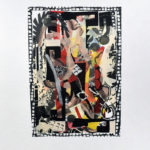 Untitled (CB.1.19)
Untitled (CB.1.19)
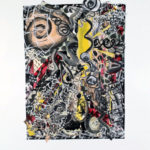 Untitled (CB.51.16)
Untitled (CB.51.16)